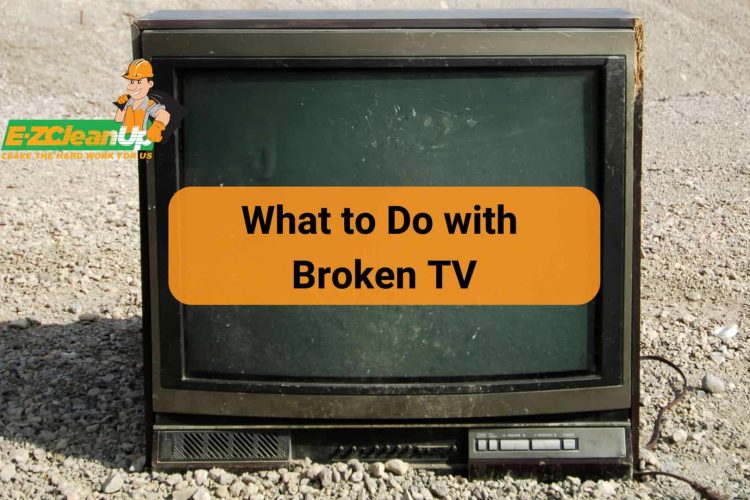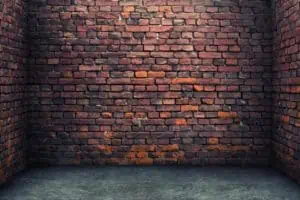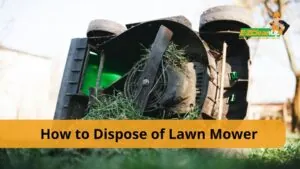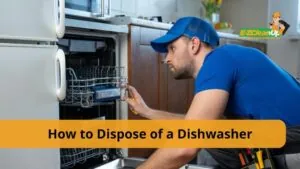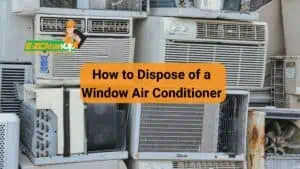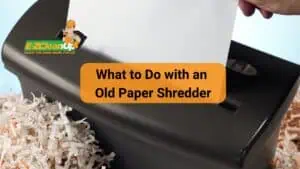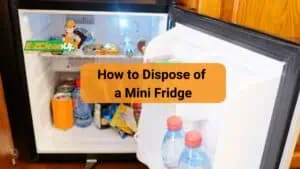If your TV breaks, first unplug it and check for damage. See if it’s under warranty for possible repair or replacement. If not, you might recycle, sell for parts, donate, or creatively reuse it. Ensure you dispose of it properly to avoid harming the environment.
To learn more about what to do with broken TV, read our guide below.
Immediate Actions for a Broken TV
Before doing anything with your broken TV, always ensure safety by unplugging the appliance. Evaluate the following factors to help you decide whether to attempt a repair, consult a professional, or if it’s more cost-effective to replace the unit:
Assess the Damage
When faced with a broken TV, the first step is a careful visual assessment to determine the extent of the damage and decide if it’s repairable. Here’s how to effectively evaluate the condition of your TV:
- Turn off and Unplug the TV: This prevents further electrical damage, especially if the screen is visibly cracked.
- Inspect for Visible Damage: Look for cracked glass or scratched surfaces. Spider web cracks and minor scratches may offer DIY repair possibilities with items like pencil erasers or clear nail polish.
- Check Display Functionality: Power the TV back on to check for black spots, lines, or distorted areas on the screen. These symptoms could indicate damage to internal components.
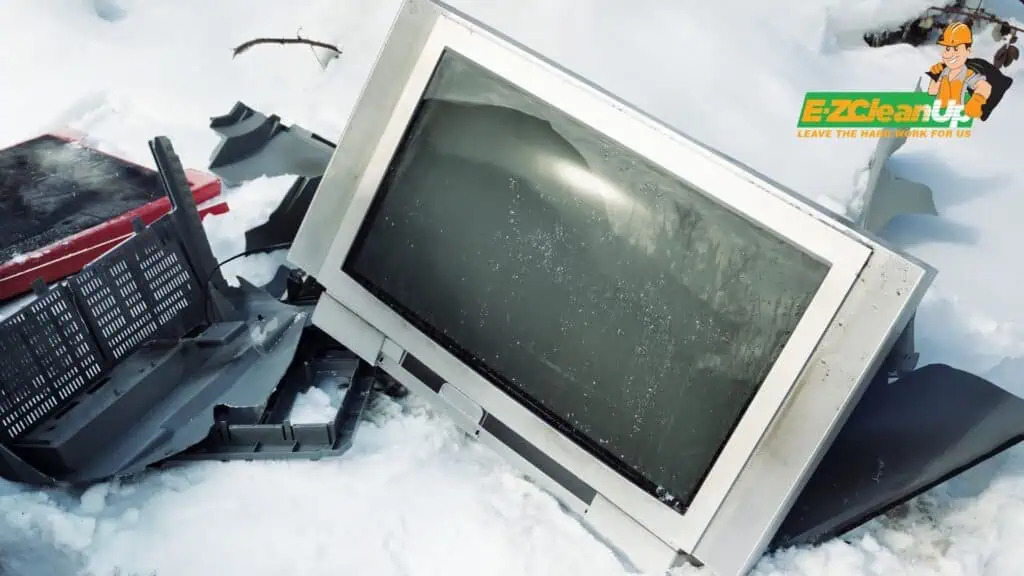
Check Warranty Status
It’s also crucial to first verify the warranty status to understand whether repairs or replacements can be covered at no extra cost. Here’s how to go about it:
- Locate Proof of Purchase: Your receipt or bank statements can often help determine the purchase date, which is crucial for warranty validity.
- Check Warranty Terms: Review the warranty card provided at the time of purchase or visit the manufacturer’s website. Most brands, like Samsung, TCL, and LG, allow you to check the warranty status online by entering the product’s serial number.
- Register or Log In to Manufacturer’s Website: For brands like Samsung, you can register your product or log into your existing account to access warranty information. This step typically provides details about the warranty period and what it covers.
If your TV is still under warranty:
- Initiate a Warranty Claim: Contact the manufacturer’s customer service via their hotline or through their online support system. Be prepared with your TV’s model number, serial number, and a brief description of the issue.
For TVs that are out of warranty:
- Consider Extended Warranty Options: Some manufacturers and retailers offer extended warranties that you might still be eligible to purchase, which can provide additional coverage.
Contact a Professional
If the damage is beyond personal repair, consulting with a certified technician is advisable. They can provide a detailed assessment and suggest whether it’s more cost-effective to repair or replace the unit.
Recycling Options
For responsible disposal of your broken TV, consider the following options:
Local Electronics Recycling Centers
Local electronics recycling centers are a vital resource for disposing of your broken TV safely. These centers ensure that valuable materials are recovered and that hazardous substances are handled properly.
To find a nearby certified recycling center, you can visit websites like the EPA’s directory of certified electronics recyclers, which lists facilities adhering to specific environmental standards.
Retailer Take-Back Programs
Many electronics retailers have take-back programs that allow you to return your broken or obsolete electronics for recycling. For example, Best Buy offers recycling services for a wide range of electronics.
They see to it that e-waste is handled in an environmentally responsible way. Always check the retailer’s guidelines, as there may be restrictions or fees depending on the type and condition of the TV.
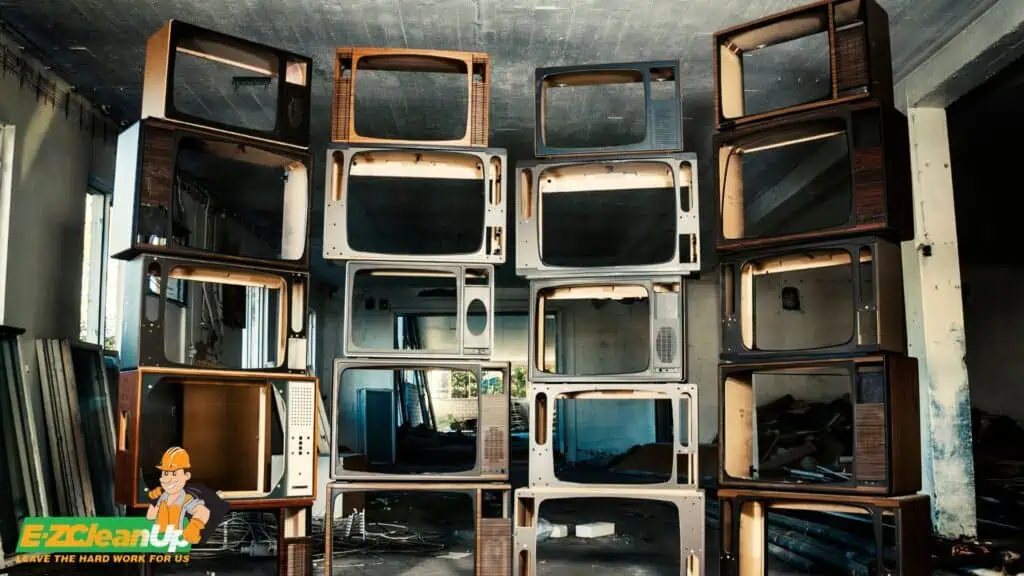
Municipal E-Waste Events
Municipal e-waste events are periodic collection days where you can drop off unwanted electronics. These events are often free and aim to make electronic waste disposal more accessible to the community.
To find out when and where these events are held, check with your local waste management authority or municipal government office.
Selling or Donating
Here are your options for disposing of your broken TV responsibly while contributing to sustainability by reducing e-waste and promoting recycling and reuse:
Selling for Parts
Selling a broken TV for parts can be surprisingly lucrative. Platforms like eBay and Craigslist are popular for listing such items. When listing, ensure you provide clear descriptions and pictures of the damage to attract buyers interested in parts or repair projects.
For instance, eBay offers an appraisal tool to help set competitive prices, enhancing the chances of a sale.
Donating to Charity
Donating your repairable TV to charity or educational institutions is another great way to repurpose it. Many schools and non-profit organizations can benefit from a functional TV for educational or entertainment purposes.
Ensure the TV is in a repairable state and contact local organizations to see if they can accept and repair the donation.
Trading In
For those looking to upgrade their equipment, trading in your old TV at retailers that offer discounts on new purchases in exchange for old units can be beneficial. Major electronics retailers often have trade-in programs, especially during sales events or recycling drives.
Creative Repurposing
Turning a broken TV into a creative and functional piece of home decor is a fantastic way to repurpose electronic waste and add a unique touch to your living space. Here are some innovative DIY projects:
- Transform Into a Pet Bed: One charming idea is converting an old TV into a cozy bed for your pet. This involves gutting the TV, sanding down rough edges, and fitting a comfortable cushion inside the hollow shell.
- Make a Stylish Console Table: Another project involves using the shell of an old TV to create a retro-style console table. This might include adding a wooden shelf inside the TV frame and refinishing the exterior to fit modern decor styles.
- Upcycle Into a Bookshelf: For those who love a blend of vintage and functionality, turning a large vintage TV into a bookshelf is a great option. This project could involve removing the internal components and installing shelves within the frame.
- Create a Light Box: If you’re into art, converting an old TV into a light box for displaying paper cut artwork is a beautiful way to recycle. This would require installing a light source inside the TV and assembling layers of cut paper to form an illuminated scene.
Art Installations
Old TVs can be transformed into engaging art installations, which can provide a second life through creative expression. Artists have used old TV sets to create impactful installations that critique or celebrate technological evolution.
For instance, using vintage TVs to display thematic video art can turn an obsolete device into a contemporary art piece, as seen in exhibitions like Video Spaces at MoMA or by artists like Nam June Paik, who explored the intersection of technology and art.
Home Decor
Transforming a broken TV into home decor is a sustainable way to repurpose electronic waste. Consider turning your old TV into a decorative aquarium, which involves waterproofing the interior and adding a filtration system. This can create a stunning visual piece in your living space.
Alternatively, converting a TV into a planter involves removing the electronics, adding a suitable liner, and filling it with soil and plants. This can add a unique touch to indoor or outdoor settings.
Proper Disposal Methods
Electronic waste, commonly known as e-waste, presents a significant environmental challenge. The improper disposal of electronics like TVs, computers, and mobile phones can release harmful substances into the environment.
Materials such as lead, mercury, cadmium, and brominated flame retardants found in these devices can contaminate soil and water, posing health risks to humans and wildlife.
The United States alone generates millions of tons of e-waste each year, with a substantial portion ending up in landfills or being improperly handled. This not only wastes valuable materials that could be recycled, but also contributes to environmental pollution.
For instance, toxic metals from e-waste can leach into groundwater. They affect both drinking water supplies and ecosystems.
To address these issues, it’s crucial to utilize certified e-waste recyclers who adhere to environmentally sound management practices. These facilities ensure that toxic materials are safely handled and valuable components are recovered for reuse. These reduce the need for new resources and minimize environmental impact.
Moreover, supporting policies and practices that promote a circular economy can help manage e-waste more sustainably by designing products that are easier to recycle and by encouraging consumers to opt for repair and reuse over disposal.
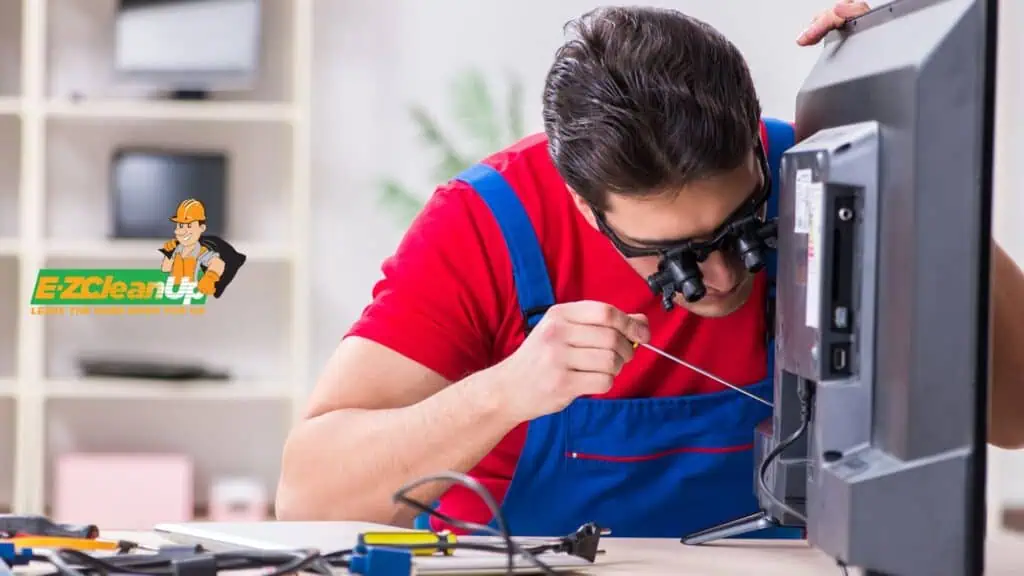
Legal Disposal Requirements
In the United States, e-waste disposal is governed by a combination of federal and state regulations. While there is no comprehensive federal law mandating e-waste recycling, the Resource Conservation and Recovery Act (RCRA) covers some aspects of electronic waste management.
States have filled in the gaps with their own laws; for instance, 25 states, including California, have enacted legislation that mandates e-waste recycling. These laws often incorporate principles of extended producer responsibility, requiring manufacturers to finance the recycling of their electronic products.
Finding Certified Disposal Facilities
To ensure environmentally sound management of e-waste, it’s crucial to utilize certified recycling facilities. Certifications such as e-Stewards or the R2 standard are indicators of responsible recycling practices.
These certifications ensure that facilities adhere to stringent environmental and safety standards. These help prevent pollution and reduce the risk of data breaches. To find certified recyclers, one can consult the Sustainable Electronics Recycling International (SERI) directory or the e-Stewards recycler locator.
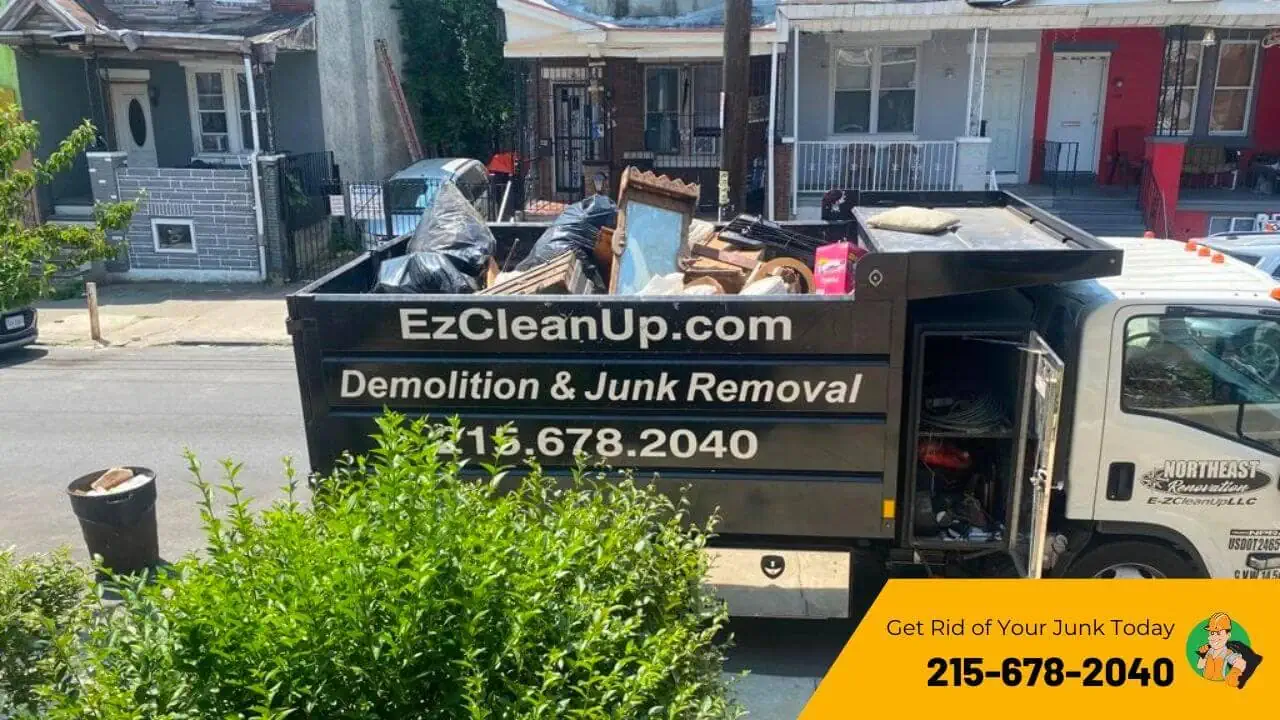
From Broken Screens to Clean Scenes
Once a TV is beyond repair, the next step isn’t just about discarding it; it’s about finding the right way to do so. Many may not realize the full range of disposal options available—from recycling centers to special e-waste events.
At EZ CleanUp, we specialize in providing comprehensive disposal services that cater to your needs. With our assistance, disposing of your broken TV becomes a hassle-free experience. We ensure that all materials are handled safely and sustainably. Reach out to EZ CleanUp, where your junk is our job!

